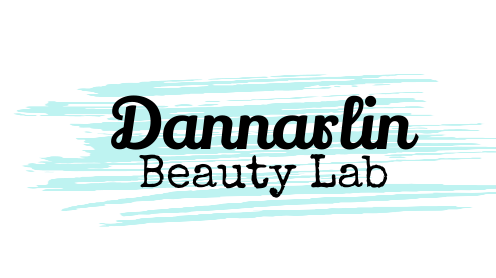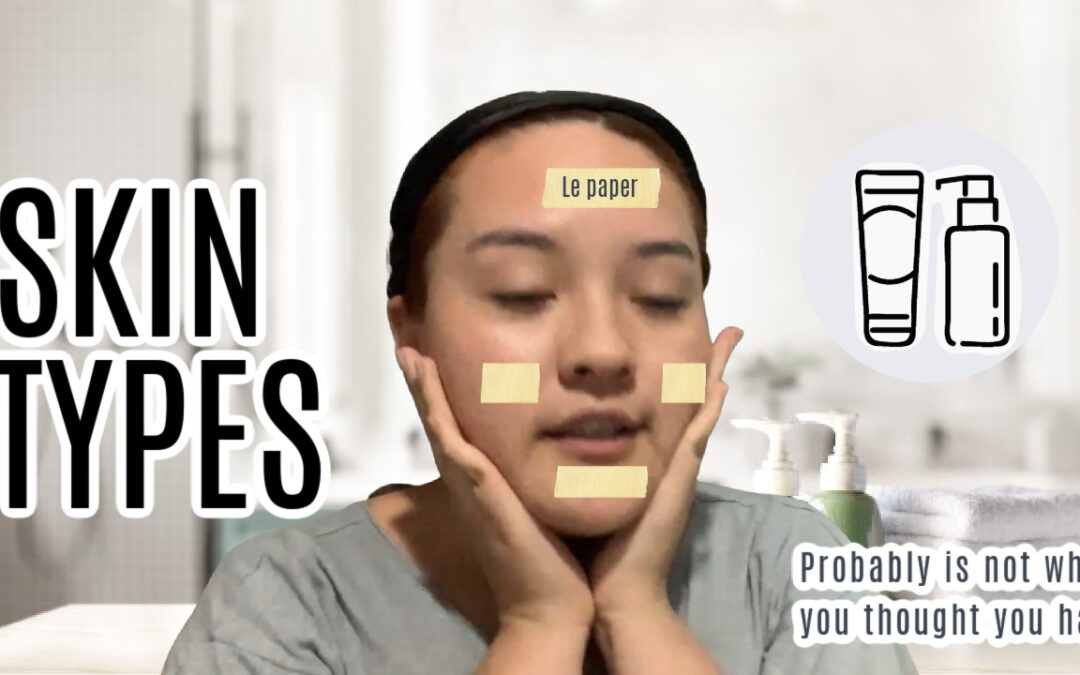It goes without saying that every time I open Instagram, there is a new product, power ingredient that will solve all of my problems (does this include my social anxiety? Maybe, okay no).
I don’t know about you but I am constantly tempted to buy those luxurious serum bottles and put that golden liquid all over my face. It is utterly satisfying to try new skincare. However, what makes it all go down the drain is when your face catches on fire. Wait, I didn’t mean like LITERAL FIRE. I meant it burns! Nothing exciting about that but it is true. A lot of people get hooked on all these new trends all at the same time expecting to get the same results their friends and Instagram models get without really knowing what it is that their skin really needs, and how it should get it.
For today’s conversation, I want to ask you if you have ever considered what your skin type is? Real talk, a lot of people don’t know and this is due to the fact that our skin reacts differently to certain circumstances like climate, age, lifestyle, and nutrition.
Real-life example:
For a long time, I have been a fan of Cera Ve (maybe not as much anymore but it was one of the first brands recommended by my dermatologist). I have combination skin, but I have always tended to deviate towards the oily side of the spectrum. During the summer it gets at its all-time oily. So I liked to use their CeraVe Moisturizing Lotion because of its gel-like texture leaving a cooling feel after application. It has ceramides and Hyaluronic acid which are things I’m always looking for in a moisturizer to keep it smooth, and moisturized as long as possible. I find this product to be perfect for the summertime because it is lightweight and even if I’m sweating I still feel moisturized all throughout the day.
Now, when it gets colder (around late autumn here in the northeast) I like to switch up my product. I would go with a heavier cream. The CeraVe Moisturizer Cream is thicker in consistency but it gives extra moisture and a protective shield to my face when dryness in the air is prevalent. It basically locks in the moisture. This is extremely important on the outer area of my eyes which gets noticeably dry in the winter.
One day it can be significantly oily, and another can be flaky, tight, and dry. It is important you take into account those changes so that you can adapt accordingly. Different times of the year require different measures so be mindful that a product that stood out on your kit back in March might not perform as well in late December. “Listen to your skin,” they say.
Now the million-dollar question is: “Okay, Danna so how do I find out what skin do I have right now?”
I’m glad you asked because I would’ve most likely forgotten about it and go on a tangent on seasons.
I want you to keep these 4 things in mind when deciding which products you should get depending on the present circumstance: Aka how to be skin-telligent while shopping!
- Skin types can be generalized as 4: oily, dry, combination (oily in the T-zone; forehead, nose, and chin, and dry usually on the cheeks —> and vice versa). Then, normal (the lucky bois)
- You may have different concerns (totally different from type); acne-prone, sensitive, mature, etc skin.
- Know your Fitzpatrick photo type for sun and treatment production/efficacy.
- Start slow and patient.
Pretty straight forward right? Oh, you are still wondering what #3 means? I got you.
WHAT’S THE FITZPATRICK THINGY ANYWAY?
It’s so crazy that in medical school, learning about skin types is actually not a thing but rather derms learn to use the Fitzpatrick phototype scale to find who’s more prone to photoaging and developing conditions such as cancer and sun damage. The skin type thing in products and front labels is a marketing strategy (not necessarily though)
This scale provides direction on what products and treatments will react well with your complexion which is essential in shopping and getting procedures done on your face.
A little bit of history, this scale was developed by Thomas Fitzpatrick in the 70s which includes 6 levels.
Have you seen foundation displays? it kinda looks like that (unfortunately, the ones that have a questionable shade range).
To use this scale ask yourself how does your skin respond to sunlight, and UV, do not base it solely on your ethnicity because as you can see it doesn’t show all complexions.
This image is worth taking a screenshot of because it summarizes what the phototypes mean ad how you can apply them to yourself. Is not perfect of course but it serves as a good estimation.
Some points to ponder:
From the beginning fair skin is known to react well to treatments and procedures with chemicals and lasers. As you may know, pilings for acne are chemical treatments that can whiten the skin so it won’t be visually noticeable in this phototype. However, these people are more prone to skin cancers (ex. melanoma) since they will burn while attempting tanning.
As you keep going down people do better with the sun and don’t burn as easily. However, when excused to string treatments pigmentation and keloid scarring which is known as Post-inflammatory Hyperpigmentation aka dark marks.
Real-life example:
My complexion most closely resembles phototype #3. I can see in my own skin when I’m out in the sun without sunscreen (is not like I do but when I didn’t as much), I will tan gradually and burn but not as much. I am able to tolerate chemical peels but it would be noticeable when I would get them because my skin would be lighter as if I had a white cast. I haven’t gotten big hyperpigmentation marks but because of my acne scarring, if I don’t protect myself well from the sun, I can get dark spots all over my cheeks. This has been true ever since I was little and that is because the Fitzpatrick scale never changes, only your skin type.
My type
- Combination more on the oily side
Check what your skin type could be:
- Wash your face with lukewarm water and a face wash (with no active ingredients for a certain condition you have. Ex Benzol peroxide for acne)
- Do not put anything on your face
- Wait about 1 hour
- Meanwhile, you can take three pieces of kraft paper or those brown napkins.
- Once the hour is up press the papers onto your forehead, chin, and cheeks.
Some possible results:
- Normal skin: no oil is present in any of the papers, and you don’t feel the skin tight or dry. Ah, lucky you!
- Dry Skin: no oil is present in the papers but you do feel your skin tight and possibly flaky. This is usually common in the cheeks. Feels like cookie dough.
- Oily skin: oil present in all papers. Feels like butter.
- Combination skin: usually paper put in the fire and chin is oily, while the cheek paper doesn’t have oil at all, or very little.
What ingredients will work for you
- Salicylic, lactic, azelaic, and glycolic acids can light exfoliate and calm down the shininess.
- Hyaluronic acid, shea butter, and squalane will be helpful for hydrating the dry skin bois.
Hey, know that your skin is there to protect you from the outside world full of nasty stuff. So make sure to take care of it and protect it. Some misunderstanding might be that you might not be a certain skin type because maybe you aren’t applying enough moisture or you are washing your face with hot water. Make sure to be kind to your skin
Remember to start slow, and be skin-telligent!


Recent Comments